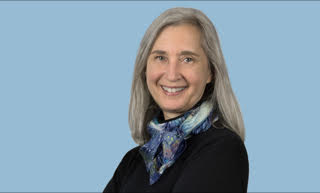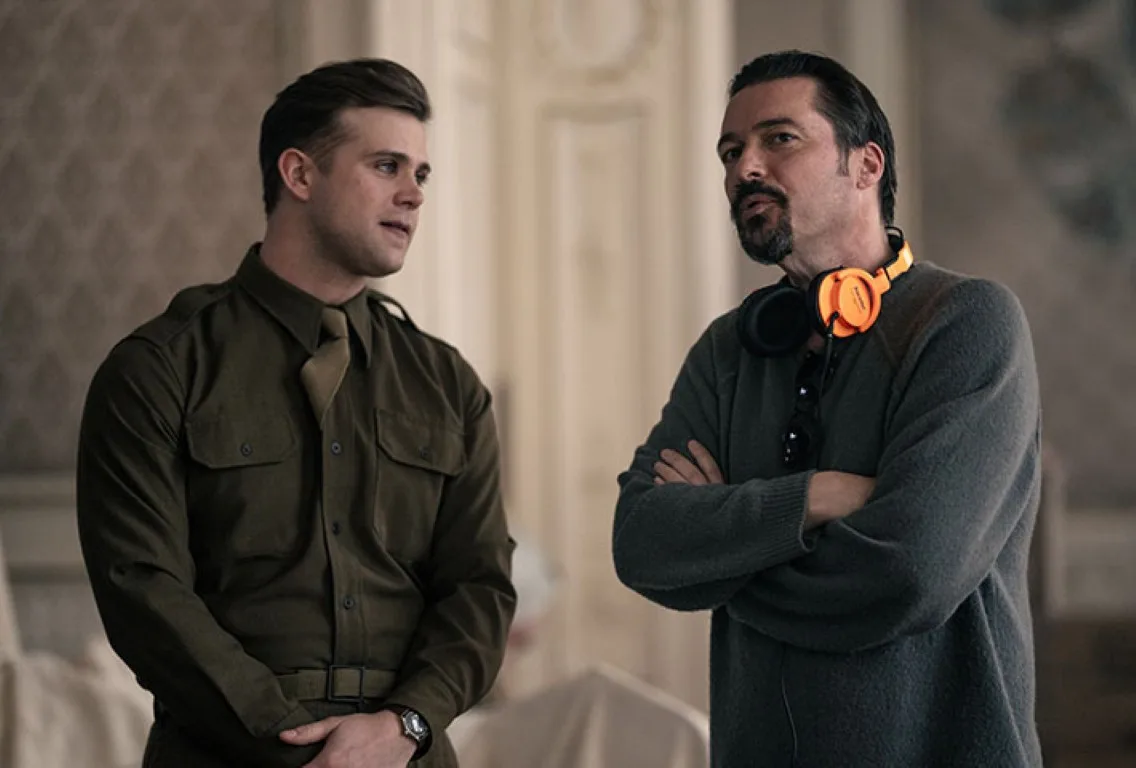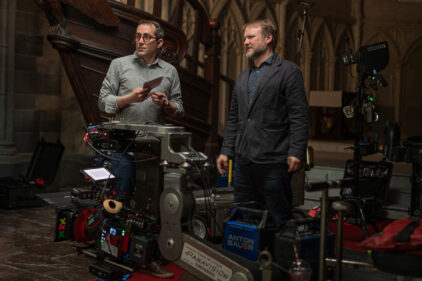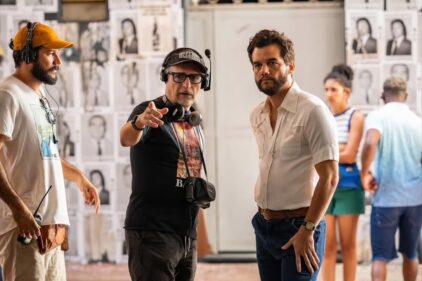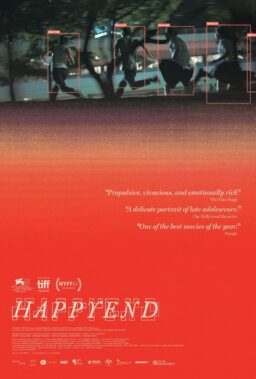After World War II, US Supreme Court Justice Robert H. Jackson led an effort to create judicial proceedings to try the leaders of the Nazi military and government, coordinating the effort with representatives from the other Allied forces, France, the United Kingdom, and the Soviet Union. The charge was “crimes against humanity.” It was unprecedented in many ways, including the first international trial of officials for the treatment of their own country’s citizens.
“Nuremberg,” written and directed by James Vanderbilt, is based on his own research and the book The Nazi and the Psychiatrist, by Jack El-Hai. The book follows Douglas Kelley, the military psychiatrist who spent hundreds of hours interviewing the first 22 people to be tried, including Hermann Göring, second only to Hitler in power in the Nazi party.
In the film, Oscar-winners Rami Malek and Russell Crowe play Kelley and Göring, and much of the screen time takes place in Göring’s cell, as Kelley tries to understand Göring and Göring tries to manipulate him. In an interview, Vanderbilt shared the advice he got from David Fincher, how his research shifted the story’s focus, and casting a then-unknown in a key role.
You have an audience that may not know about the trials, particularly how unprecedented they were. So you had a hefty burden of exposition, which I think you handled very gracefully. How did you think about giving the audience the background they need to understand the story?
That’s actually really important to me because I find that many of the movies set in this period assume a level of historical knowledge from the audience—“of course you know that Churchill did X, Y, and Z.” I love that audience. I’m part of that audience. Both of my grandfathers fought in World War II. So I grew up with these stories, and I had friends who lost family members in the camps. But I wanted to make a movie for people who didn’t know anything about this period of time because I think it is so important.
When I talk to my kids about this period, it’s like talking about the American Revolution. It just feels so far removed from their sphere, which I completely understand. That’s how time works. It moves on. There were debates behind the scenes: “Do you need to see that? Don’t people know what ‘the final solution’ is?” I said, “Not everybody does.”
I wanted this to be a movie that people who knew nothing about this subject could come in at zero, not only learning what happened but also taking the emotional journey the characters go through. I really wanted to build the movie as a thriller. Sometimes you see these movies and they feel a little bit like taking medicine. I don’t love that personally as an audience member, and as serious as the subject is, I didn’t want that for this.
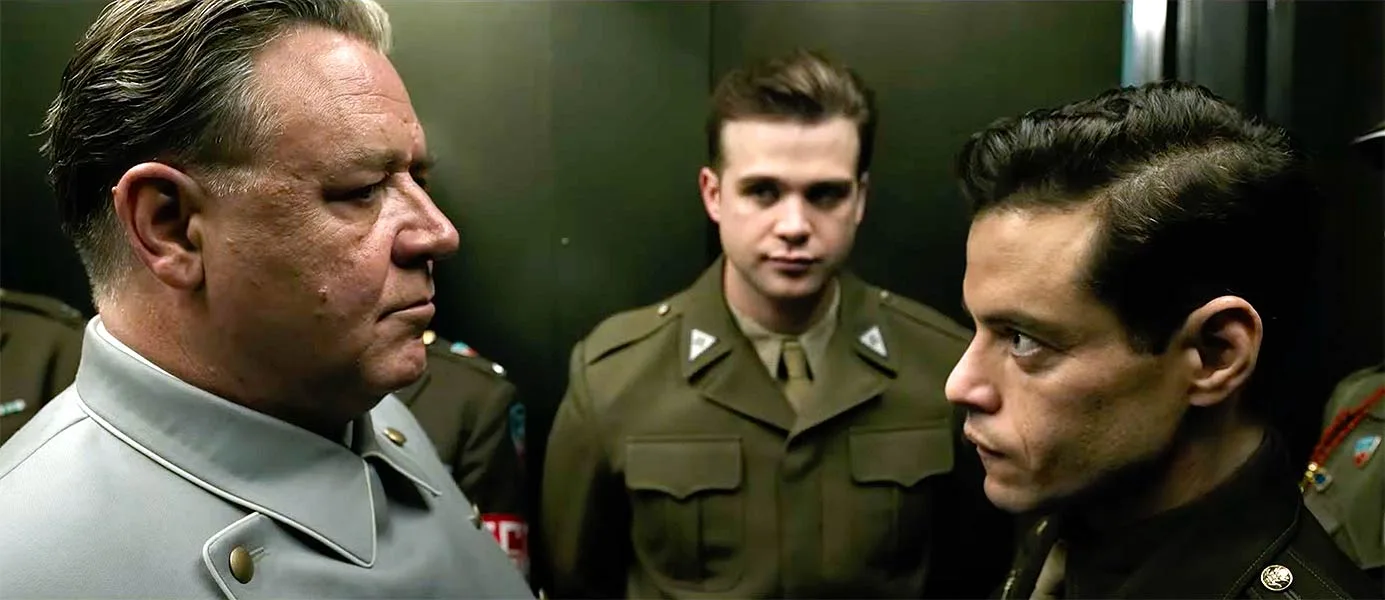
A lot of this movie is two people talking. One has no empathy, and one has too much, professionally and at times personally. And they’re each trying to get something from the other. How did you think about creating those scenes?
That was the core of it for me. I started with Jack El-Hai’s book, which is really just about those two men and their relationship. I was very taken with the idea. Here are two guys. Rami Malek’s character, Dr. Kelly, is trying to get the better of Hermann Göring. He’s also trying to get one over on Kelley and trying to figure out, “What are they going to do with me? What’s happening? Do I get to go to court? Do I not?” So, they’re both trying to maneuver each other and charm each other.
They end up striking up this—I don’t want to necessarily say friendship, but a relationship—that affects both of them in ways they definitely don’t anticipate. I loved that idea. One of the things we talked about right from the beginning was not just other World War II films, but “The Silence of the Lambs,” which is just these two people in a cell talking to each other and probing each other. The idea of that was very, very delicious. And then you get Russell Crowe and Rami Malek, and you turn them loose on this material and on each other. And it just was, as a director, such a pleasure to sit at the monitor and watch them go after each other.
You spent a lot of time researching this. What surprised or intrigued you?
It was a ton of research, which I love. Whenever I’m doing a historical story, I want to make it as bulletproof as possible. And I want to know if there’s something that we need to omit or contract for the purposes of telling it. The trial was a year long, and the movie can’t be a year long, so you do have to make choices. I always wanted to make sure that that was a choice, not a mistake.
I started with Jack El-Hai’s book. Robert Jackson, played by Michael Shannon, is not really in the book. I learned about him through my research and the lengths he went to in order to make the trials happen. This was something I didn’t know—nobody wanted to put on the trials. Everybody wanted to just shoot these guys in the head and move on with life. It’s like, “We just won a war, so what are we still doing?” Jackson has to get the other countries to cooperate, then he takes a leave of absence from the Supreme Court and becomes the lead prosecutor. So, I was like, “Oh, that journey is incredible. I thought my movie was over here, in the cell. But oh, no, it’s also over here.” And then I read about Leo Woodall’s character, Howie Triest, in his story. And I went, “Oh, my gosh, my movie’s over here.”
So, the thing that surprised me as the writer was that it just kept growing and growing and growing, which is also terrifying because, usually, adaptation is about subtraction. You have a 350-page book and you’ve got to get it into two hours. So it was terrifying in that way, but also ultimately incredibly liberating because I was like, “I need to be able to figure out a way to tell all of these stories, which do intersect.” And ultimately, I think the movie is richer for it because you’re going through all these different characters and experiences. That ultimately culminates in this courtroom showdown between Göring and Jackson.
You cast Leo Woodall before he was as high-profile as he is now.
Leo is incredible. And we were so lucky to have him. I really wanted that character played by someone with little screen baggage. It was very important because there’s a scene pretty late in the film. I don’t want to give it away, but it’s a crucial scene where he gives a monologue. And I knew that whoever we cast had to be able to deliver that monologue.
I have a lot of actors in this movie that you do not audition. I was adamant with our casting director that whoever plays this part would need to read for it. I need to know they have that gear. I had Leo come in three or four times to do that scene, just because I needed to know he had it. And he did.
He was the baby in the cast. And everybody was impressed by him. I remember Russell and Rami both going, “Who is this kid? This kid is incredible.” That’s why he’s no longer the fresh-faced unknown I thought he was, hopefully going to be. He’s such a naturalistic actor. He’s so committed. He’s British, and he’s doing a flawless American accent while speaking German, which he doesn’t speak, so he had to learn it perfectly phonetically. He’s such a great actor and such a great human being, too.
What does being a director teach you about being a writer? Did directing change the way that you write?
I think it definitely does. I think it helps you understand what you’re not going to use or need. I directed my first movie, “Truth,” 10 years ago, and I was lucky enough to have Cate Blanchett and Robert Redford in it. So, I got thrown into the deep end of the pool, and I learned that when you’re dealing with actors of that caliber and the caliber of the actors in this movie, you go, “I don’t need a two-page monologue. They can do this with a look. They can do this in a moment. It really helps as a writer to figure out, “No, I don’t need this.” And obviously, you discover things along the way with the actors, too. There were moments where John Slattery would say, “I don’t need to say this line. I can just do this moment on my own with a look.” And it was like, oh, great. Fantastic. So, yeah, he’s great in the film.
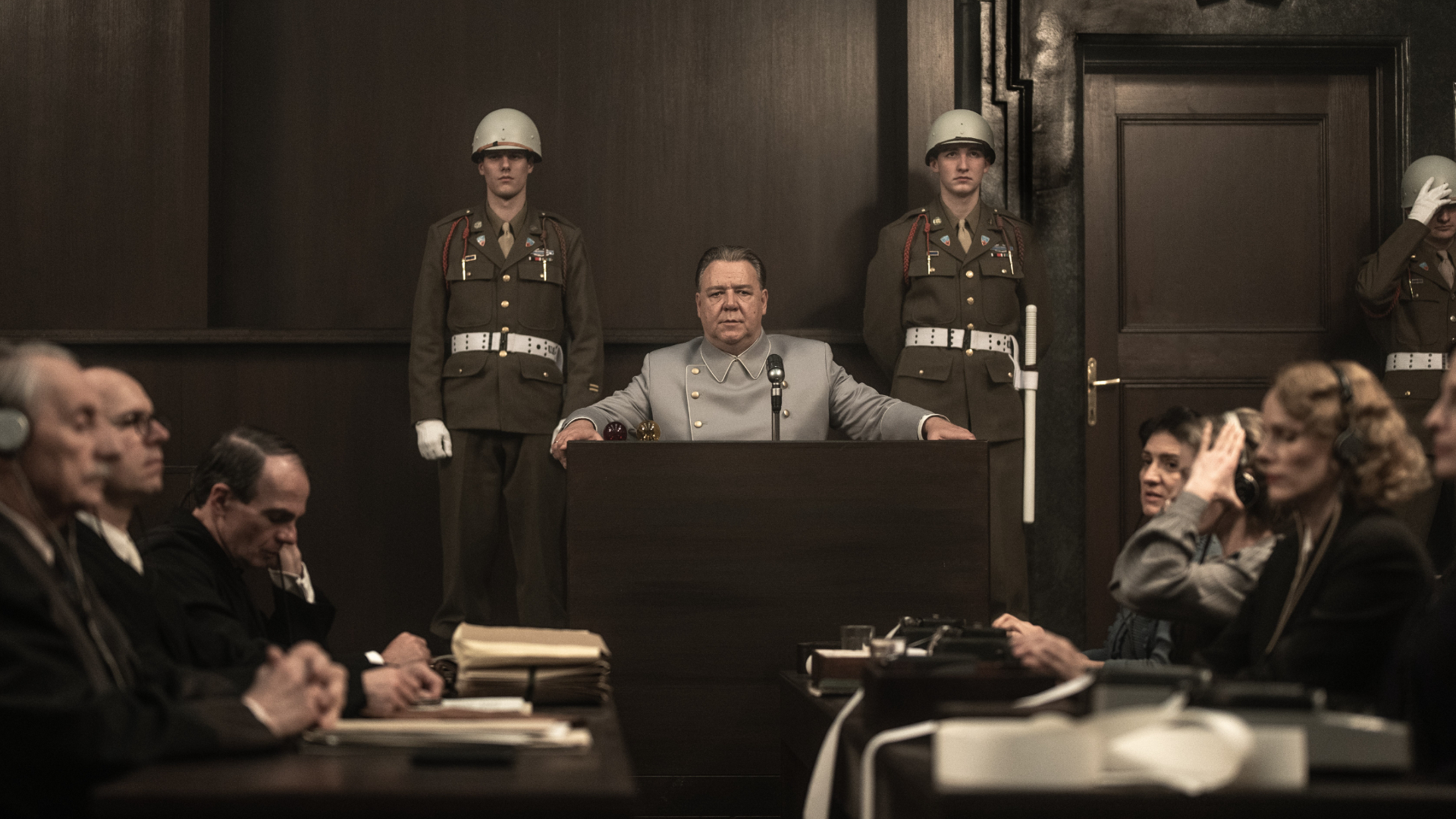
I want to talk to you about the production design, particularly the courtroom. It is so impressive, and that’s all practical, right? You built that.
We built everything in that courtroom, and it was built to scale. Eve Stewart was our Oscar-nominated production designer. She’s in giant Hollywood productions. And she really fought for it. She was one of the first people I hired, and I’d never worked with her before. And she flew to Nuremberg, obtained the original plans, and measured the actual courtroom. That courtroom is to within an inch of the real scale. And it was 360 degrees. She insisted on building the ceiling, which you don’t always do in movies to save money, but there’s an absolute ceiling on that courtroom with the real giant lights.
It’s just such a gift not only for the movie and for seeing it, but also for the actors to be able to step onto that set. I’ve talked to all of them about it, and Russell and Michael, especially, who have to face off against each other. They are 50 feet apart. And that’s the same. The distance that Göring and Jackson were when they had the cross-examination. And she also built the prison to scale; the cells are the same scale. All of that was practical. And as a director, any time you can do it practically and immerse the actors in that world, I think it just pays enormous dividends.
Why was it important to you to show the real concentration camp footage that they showed at the real trial?
It comes down to accuracy, but also, I think it was important to honor what happened. From the very first draft of the script, I described what we were going to show, and our first AD asked how we were going to shoot the footage. I said, “We’re not shooting anything. We’re going to show the real stuff. And we’re not going to put music under it.” That’s the actual narration on the footage. We wanted to show the same images they showed in court. We only show about five minutes of it. In reality, that film is almost an hour long.
I said to the actors, “Look, that footage is out there, the stuff that’s described in the script. I know you all do research. Do me a favor. Don’t look at it because I want it to be fresh for you on the day.” And then on the day we went in, we set up the screen. We didn’t do a blue screen. We actually brought in the projector, set up four cameras in the courtroom on our four leads, and had 300 extras every day. And so I went out and said to them, Okay, here is what we’re doing today, and here’s what you’re going to be seeing. And it’s going to be hard, but it’s very important for the story and for the film.” We had a moment of silence, then showed the film. I don’t want to say no acting was required, but you can see on their faces what they really went through while watching it. Honestly, that was the hardest day on set. But I think it was an essential thing for us to do. And I wanted the audience to have the same experience the people in the courtroom did that day.
What do you want people to talk about on their way home from the theater?
You have to have the highs in order to have the lows. You have to laugh, sometimes in order to be able to cry. I think that’s our experience in life. It’s important to me for the movie to give you that feeling.
I worked with David Fincher years ago, who’s a brilliant filmmaker, and somebody who I just really admired, and he said something to me that always stuck with me: “Good films make you ask questions, but bad movies give you all the answers.” I hope this is a good movie and that it makes people ask questions.
